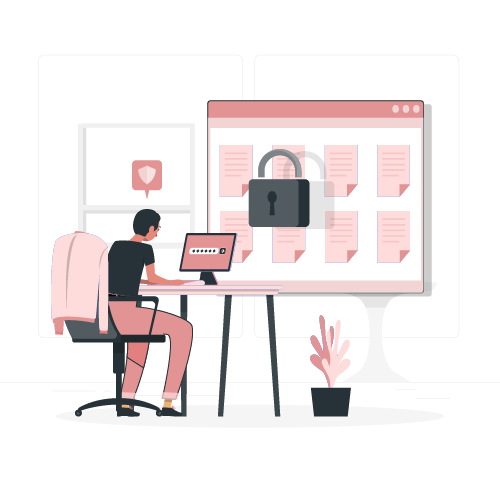File integrity monitoring (FIM) refers to an IT security process and technology that tests and checks operating system (OS), database, and application software files to determine whether have been tampered with or corrupted. FIM, which is a type of change auditing, verifies and validates these files by comparing the latest versions of them to a known, trusted “baseline.” If FIM detects that files have been altered, updated, or compromised, the technology can generate alerts to ensure further investigation, and if necessary, remediation takes place. File integrity monitoring encompasses both reactive (forensic) auditing as well as proactive, rules-based active monitoring.
